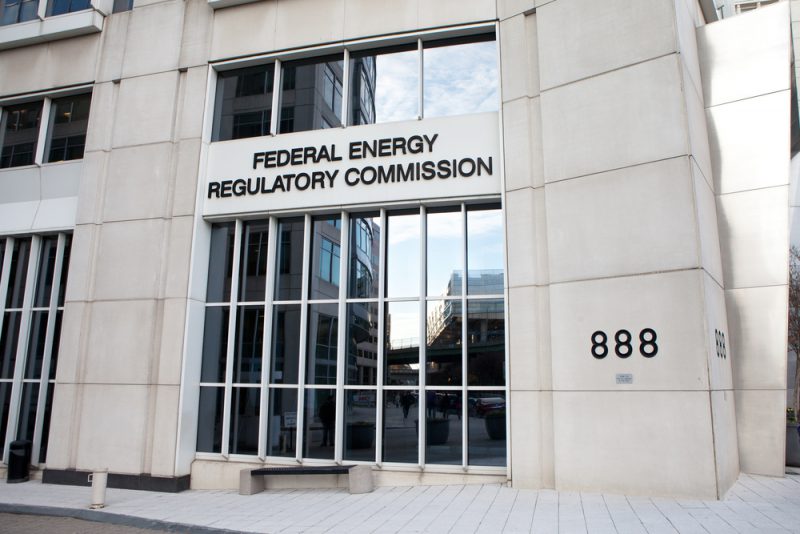NARUC urges FERC to support expanding competitive practices under PURPA

The National Association of Regulatory Utility Commissioners (NARUC) recently released a report that renews its call for the Federal Energy Regulatory Commission (FERC) to modernize the Public Utility Regulatory Policies Act (PURPA) of 1978.
The white paper, “Aligning PURPA with the Modern Energy Landscape—A Proposal to FERC,” details why the 40-year-old law should be updated for the current energy sector. Commissioner Travis Kavulla of the Montana Public Service Commission and NARUC Director of Energy Policy and Senior Counsel Jennifer Murphy were co-authors of the report.
“Reform of FERC’s regulations on PURPA is one of states’ top priorities, and FERC will be missing an opportunity if it does not act or enacts only modest reforms,” the white paper said.
PURPA was created to encourage alternative energy sources during a national energy crisis when fuel was scarce, the white paper noted. PURPA required that electric utilities purchase power produced by qualifying facilities (QFs) that used renewable energy and cogeneration technologies, a requirement referred to as the mandatory purchase obligation, the report explained. The rates for those purchases were required to be reasonable to electric utility consumers and in the public interest, and not discriminate against qualifying power producers.
PURPA was amended under the Energy Policy Act of 2005 to permit FERC to exempt utilities from the requirements of PURPA if QFs have access to wholesale markets.
The paper proposes that FERC exempt from PURPA’s mandatory purchase obligation those utilities which are subject to state competitive solicitation requirements and other best practices that ensure all technologies access to the market.
“FERC should let competitive mechanisms, whether in regional transmission organizations (RTO) or non-RTO markets, do the work of achieving statutory goals of Public Utility Regulatory Policies Act of 1978, replacing administrative price forecasts that have been the backbone of PURPA compliance in many places,” the white paper said.
According to Kavulla, “Our idea essentially is that rather than having the sort of facility-by-facility adjudications where a state regulator is having to forecast a price to be paid for each of them, it would be better to allow states to rely on all source competitive solicitations to actually surface the best, most cost-effective projects.”
Sources of energy production have changed, but so has the business of producing energy, he said. A recent study by NARUC found that two of the 32 responding states did not require or encourage utilities to use competitive solicitations for new capacity.
The paper said that “most renewable projects throughout the country, regardless of RTO/ISO status, are developed in the context of procurement by load-serving entities and not because of the RTO/ISO’s market design.” Kavulla said that competitive solicitation is a better way to reach competitive markets.
“You get what economists would call price discovery when projects essentially compete with one another,” he said.
The paper argues that PURPA reforms would result in a law that is fairer to utilities and consumers. The paper cites examples of where qualifying facilities invoking PURPA worked against competitive solicitation processes in various states.
Kavulla said that “it’s not a particularly good way to set prices by having regulators like myself make command decisions and be a mind reader about all these different things in the market,” such as the forecast for gas prices or how much load is going to grow on the system. “It’s much better to have different projects compete with one another in order to surface the best, least costly projects.”
There is a bill in Congress that would update PURPA for modern times by encouraging a level playing field for all energy resources. However, while NARUC knows Congress is listening, commissioners are urging FERC to act.
“I think our white paper is sort of an indication that, at least from our perspective, Congress has already delegated a lot of authority to FERC to figure it out,” Kavulla said.
“We shouldn’t necessarily expect Congress to ride in and solve all of our problems; Congress has already given FERC the tools necessary to fix a lot of these issues.”
